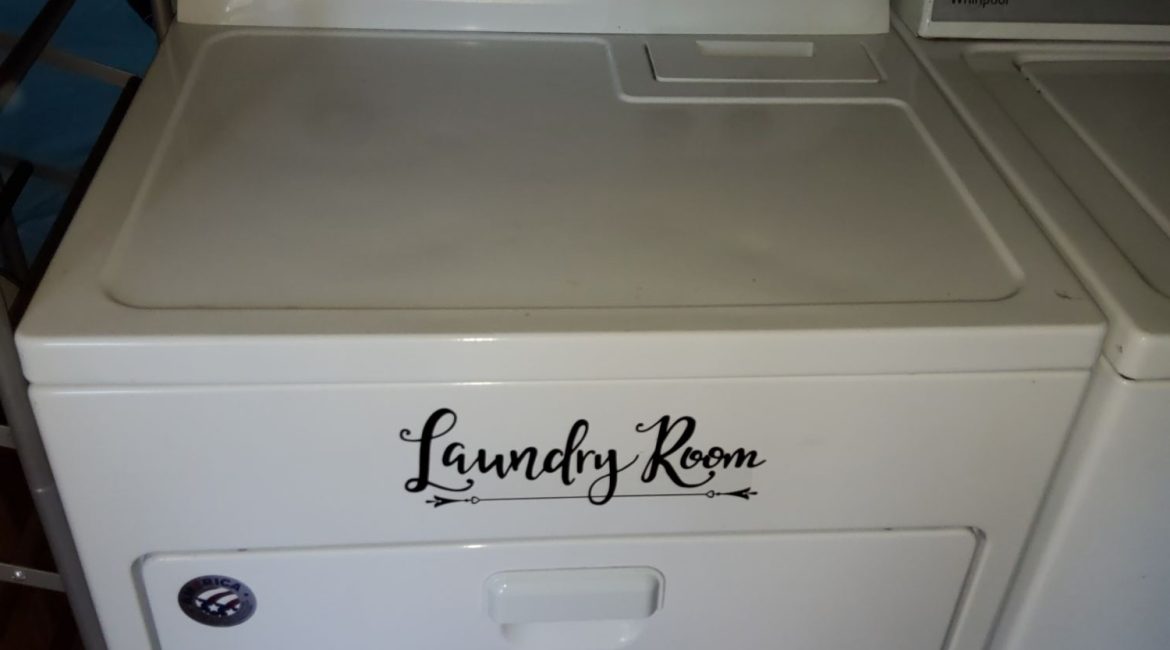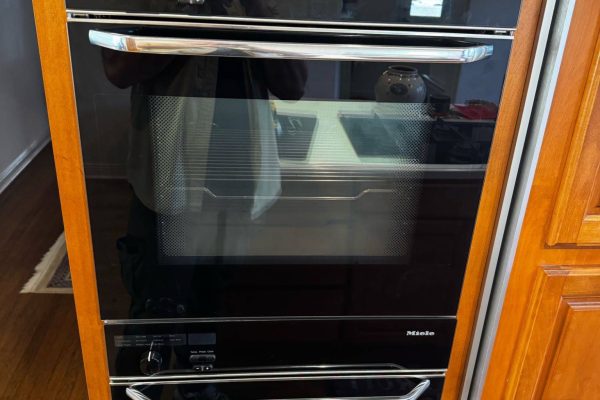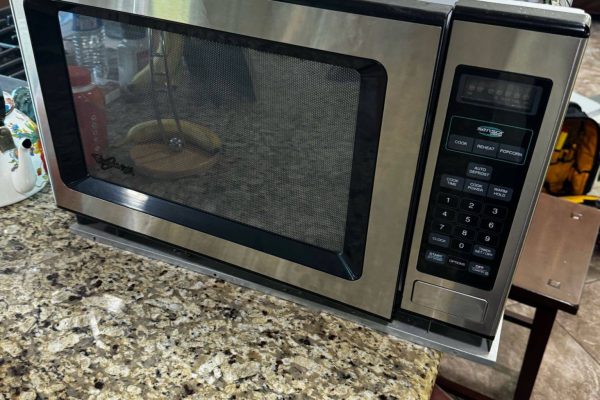When your washing machine door won’t close properly, it’s more than just a small inconvenience—it’s a complete stop to your laundry routine. A door that won’t latch means the washer can’t start its cycle, leaving you with piles of dirty clothes and frustration. This issue is often linked to two main causes: a damaged hinge or a worn door seal. Understanding these components and how they fail can help you identify the problem early and decide when it’s time to call a professional.
1. Why the Door Must Close Securely
A washing machine door is designed with a precise locking mechanism that ensures no water leaks during operation and that the cycle runs safely. If the door doesn’t shut completely, the washer’s control system prevents it from starting to avoid flooding or damage. This safety feature is essential but can quickly become a problem if mechanical or structural parts wear out over time.
2. Common Reasons the Door Won’t Close
There are a few typical culprits behind a washer door that won’t close:
- Damaged hinges or misalignment.
- Worn or deformed door seal (gasket).
- Faulty door latch or locking mechanism.
- Obstructions or debris around the seal.
Each issue requires different solutions, and ignoring them can lead to leaks, malfunction, or costly repairs later.
3. Damaged or Misaligned Door Hinge
The hinge connects the door to the washer body and ensures smooth opening and closing. Over time, the constant movement, combined with the weight of the door, can cause the hinge to loosen, bend, or break.
Signs of hinge problems include:
- The door feels heavy or sags.
- You hear grinding or clicking sounds when opening or closing.
- The door doesn’t align correctly with the latch.
A misaligned door might not form a tight seal, preventing the machine from recognizing it as “closed.” If the hinge is only slightly loose, tightening the screws may temporarily fix the problem. However, if the metal is bent or the mounting holes are damaged, professional replacement is necessary. Continuing to use a washer with a misaligned door can strain other components, leading to more expensive repairs down the line.
4. Worn or Damaged Door Seal (Gasket)
The rubber door seal (also known as the gasket) creates a watertight barrier between the door and the drum. It’s constantly exposed to heat, detergent, and moisture, making it prone to wear and tear over time.
Common symptoms of a worn seal include:
- The door bounces back instead of closing tightly.
- Visible cracks, tears, or deformation in the rubber.
- Water leaks from the front during a wash cycle.
- Mold or detergent residue built up around the seal.
If the gasket becomes stiff or deformed, it may no longer allow the door to close properly. Attempting to slam the door shut only worsens the issue. The solution is usually to replace the seal—a task that requires disassembling part of the washer. This process is best handled by a skilled technician, as improper installation can cause leaks or imbalance in the door.
5. The Importance of Professional Repair
While tightening a loose hinge or cleaning the seal might seem simple, modern washers are equipped with sensors and safety interlocks that can complicate even minor repairs. A technician can correctly diagnose whether the problem lies in the hinge, the seal, or the door lock mechanism.
Professional repair ensures:
- The door closes safely and seals completely.
- No electrical or control system issues are overlooked.
- Replacement parts are compatible with your washer model.
In many cases, a seemingly small door issue can hide deeper mechanical problems, such as a misaligned drum or weakened frame. Early repair can save you from major costs in the future.
6. Preventing Door Problems
A few maintenance habits can keep your washer door functioning smoothly for years:
- Clean the gasket regularly. Remove detergent residue and lint buildup to prevent deformation.
- Avoid slamming the door. Gentle closing extends the life of hinges and latches.
- Check for obstructions. Make sure no clothing or foreign objects are trapped in the door when closing.
- Keep the door open after washes. This prevents moisture buildup and mold, which can damage the rubber seal.
These small steps can extend your washer’s lifespan and help you avoid costly repairs.
7. When to Call the Experts
If your washer door refuses to close despite cleaning or adjusting, it’s time to call in professionals. For residents in Poway and nearby areas, Poway Appliance Repair Service Center provides expert washer repair backed by experience, quality parts, and fast service.
Our specialists will inspect the hinge, door seal, and latch mechanism to pinpoint the issue and restore your washer’s functionality safely and efficiently.
Don’t let a faulty washer door interrupt your routine. Contact Poway Appliance Repair Service Center today for reliable, same-day repair! We’ll make sure your washing machine door closes smoothly, seals tightly, and keeps your laundry day stress-free.
Call now or schedule your service online to get your washer working perfectly again!
Contact us


